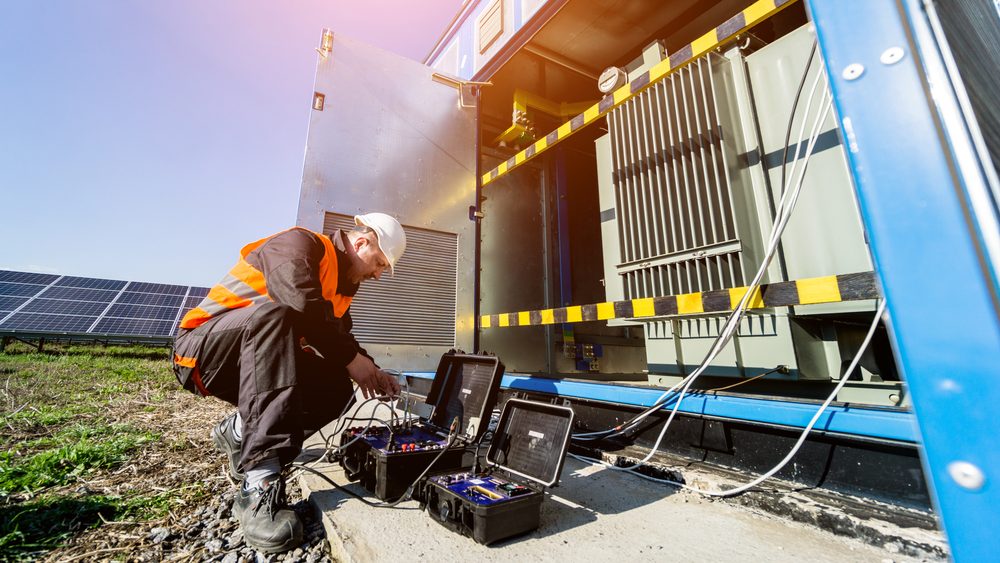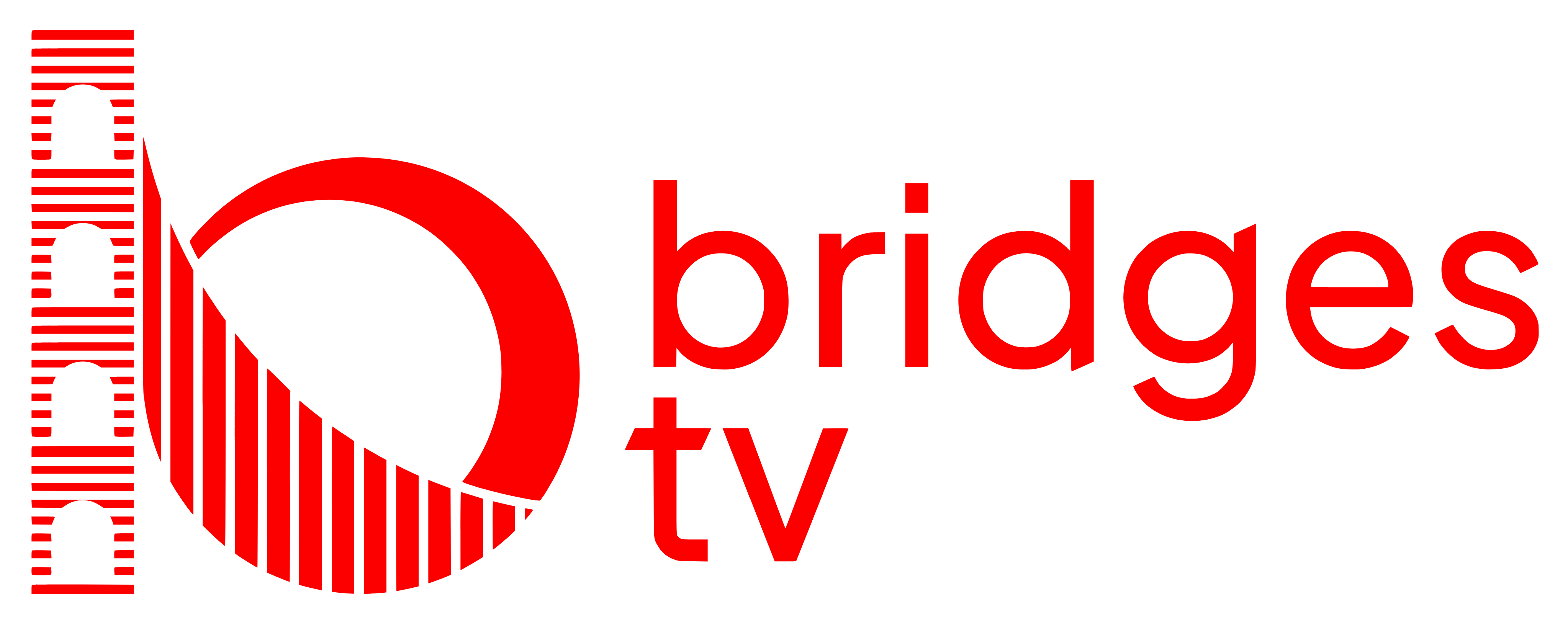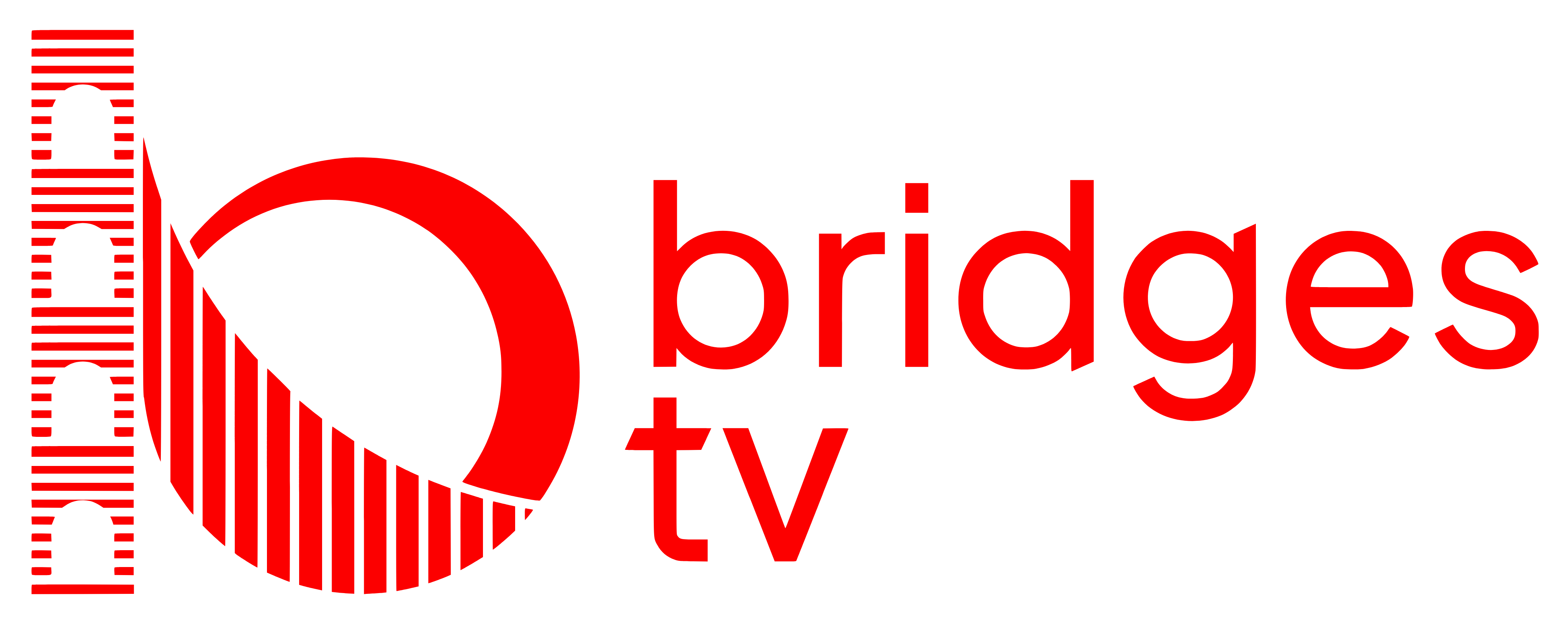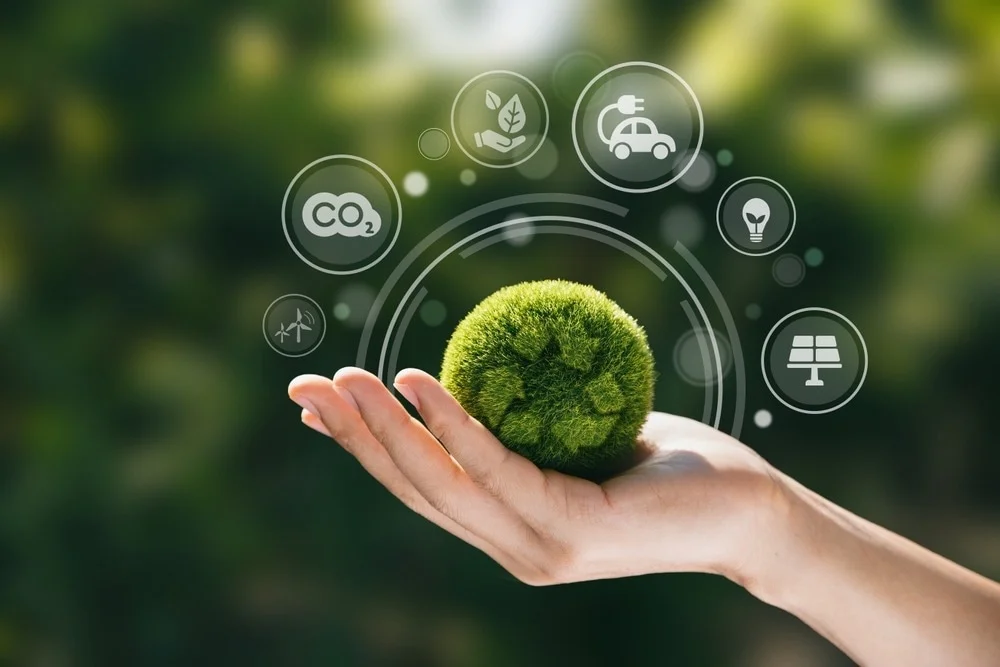Introduction: When Data Meets Sustainability
As global energy demands grow and climate challenges intensify every day, the need for effective strategies to reduce energy consumption becomes more urgent. Energy efficiency, meaning, achieving the same level of energy service with less energy input, has emerged as one of the most effective solutions. However, achieving significant efficiency gains requires more than infrastructure upgrades. It also requires smart technology.
The integration of digital tools into energy systems, such as smart meters, sensors, AI-powered analytics, and energy audit platforms, enables real-time monitoring, precise diagnostics, and data-informed intervention. This analysis investigates how these technologies improve energy efficiency, especially in terms of energy monitoring, digital audits, and data-driven implementation strategies.

Smarter Monitoring: Seeing Energy in Real Time
From basic measurements to advanced sensors, technology has been crucial for improving energy consumption efficiency. One of the most important contributions of technology in energy efficiency is data collection and implementation. Energy monitoring systems allow users to collect detailed consumption data across sectors, buildings, and businesses. Additionally, smart energy monitoring systems enable businesses and consumers to identify peak demand periods, track errors in real time, and generate long-term efficiency plans, according to collected data. As Paramati et al. (2022) claim, environmental technologies, including monitoring systems, play a crucial role in reducing total energy consumption and energy intensity. Overall, smart energy monitoring systems are the backbone of efficiency, as they provide real-time, precise data on energy consumption.
Energy Audits in the Digital Age
Traditional energy audits rely on manual inspections, estimates, and generalized benchmarks. It is true that these methods may appear valuable; however, they lack precision in terms of large-scale optimization. Today, energy audits utilize digital technologies, such as AI-powered modeling, remote sensing, and real-time data integration to pinpoint exact inefficiencies and apply effective solutions. The technology-enhanced audit process typically includes:
- Data collection via sensors and smart meters
- Algorithmic analysis of energy patterns
- Scenario modeling to assess efficiency interventions
- Cost-benefit calculation
Jaffe et al. (2004) claim that energy audits reduce informational asymmetries and lower transaction costs, which makes it easier for businesses and households to act upon efficiency opportunities. To make audits faster, more accurate, and easier to manage, many organizations are now turning to digital tools. Moreover, the integration of audit software into cloud-based platforms has further benefited the sector. This means that smaller firms can identify cost-effective measures without hiring external consultants or outsourcing.

Turning Insights into Action: Automation That Delivers
The power of digital energy tools lies not only in data collection but in the ability to reflect those insights into action. The process of improving energy efficiency through technology typically begins with data collection. Smart meters, sensors, and monitoring devices are installed across buildings, or industrial processes to continuously measure electricity, gas, water, or thermal energy use. This raw data is then transmitted to a centralized platform, where it is mapped and analyzed. Based on these insights, the system generates targeted recommendations, such as adjusting HVAC schedules, upgrading inefficient lighting, or modifying production routines.
In many cases, these recommendations can be implemented directly through integrated building management systems (BMS) or automated controls. After the implementation of these solutions, the system continues to monitor the performance of the solution, which is followed by a feedback report to increase efficiency. This approach enables organizations to develop proactive and data-driven energy strategies.
Once energy consumption patterns are mapped as data, organizations can implement their targeted efficiency measures accordingly:
- Installing motion sensors, so the lights turn off automatically when no one is around.
- Connecting heating and cooling systems to occupancy sensors, so there is no heating in empty rooms.
- Running machines during off-peak hours when electricity is cheaper and the grid is less strained.
- Using AI tools to spot when equipment is sitting idle and cut down on wasted power.
As Sun et al. (2021) show, countries that invested in domestic innovation and digital infrastructure demonstrated stronger energy efficiency improvements.
Conclusion: Smart Tools for a Smarter Planet
To conclude, technology is transforming energy efficiency by providing real-time monitoring, more precise monitoring, and automated implementation of energy efficiency solutions. Utilizing technology and digital tools enables organizations and individuals to reduce energy waste, cut costs, and contribute to a more sustainable future for our planet.
References
Jaffe, A. B., Newell, R. G., & Stavins, R. N. (2004). Economics of energy efficiency. In C. J. Cleveland (Ed.), Encyclopedia of Energy (Vol. 2, pp. 79–90). Elsevier.
Paramati, S. R., Mo, D., & Huang, T. (2022). The role of environmental technology in achieving energy efficiency in OECD countries: Evidence from the method of moments quantile regression. Renewable and Sustainable Energy Reviews, 153, 111763.
Sun, H., Edziah, B. K., Kutu-Adu, S. G., & Sarkodie, S. A. (2021). Energy efficiency: The role of technological innovation and knowledge spillover. Technological Forecasting and Social Change, 170, 120930.








